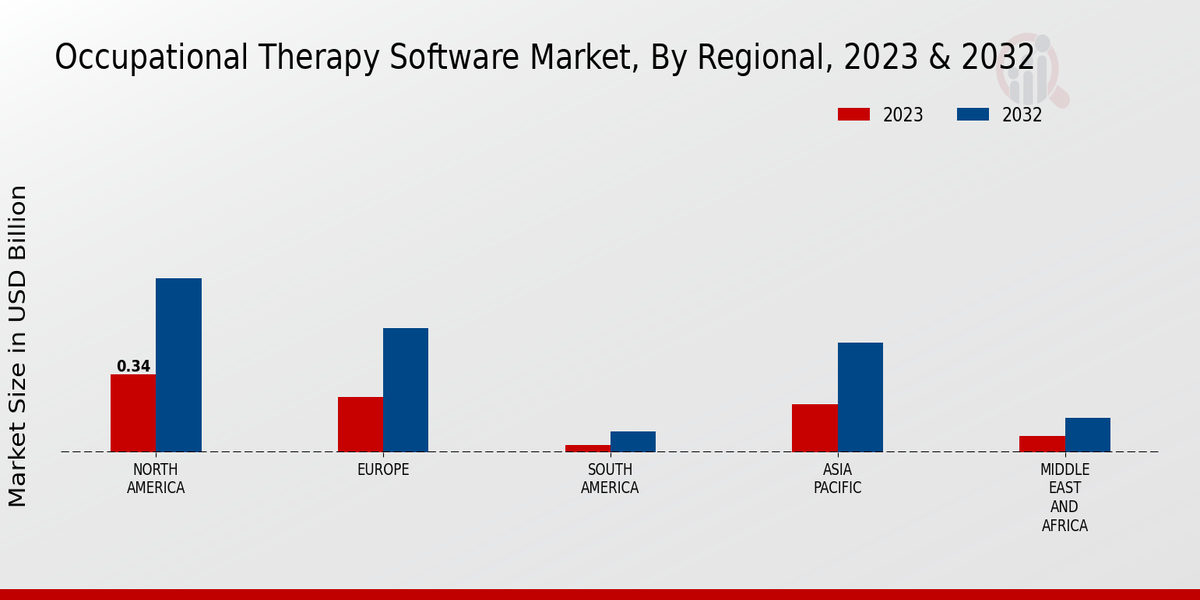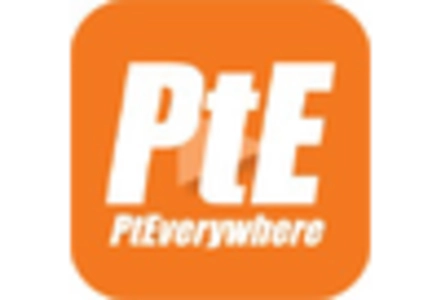Growing Aging Population
The growing aging population worldwide presents a substantial driver for the Global Occupational Therapy Software Market Industry. As individuals age, they often experience a decline in physical and cognitive abilities, necessitating occupational therapy services to maintain their quality of life. Software solutions that assist therapists in providing effective care to elderly patients are increasingly in demand. This demographic shift is particularly pronounced in developed nations, where the proportion of older adults is rising. Consequently, the market for occupational therapy software is likely to see significant growth as healthcare providers seek to address the unique needs of this population.
Rising Awareness of Mental Health
There is a growing awareness of mental health issues globally, which positively impacts the Global Occupational Therapy Software Market Industry. Occupational therapy plays a crucial role in addressing mental health challenges, and software solutions that support these therapies are becoming more prevalent. As societies recognize the importance of mental well-being, the demand for occupational therapy services, supported by specialized software, is likely to increase. This trend is particularly evident in regions where mental health resources are limited, prompting healthcare providers to invest in software that facilitates effective therapy delivery. Consequently, the market is poised for growth as awareness continues to rise.
Government Initiatives and Funding
Government initiatives and funding programs aimed at enhancing healthcare services significantly contribute to the Global Occupational Therapy Software Market Industry. Many countries are investing in digital health solutions to improve patient outcomes and streamline healthcare delivery. For example, funding for telehealth initiatives encourages the adoption of occupational therapy software, making it more accessible to practitioners and patients alike. These initiatives not only support the development of innovative software solutions but also promote their integration into existing healthcare systems. As governments prioritize healthcare modernization, the market for occupational therapy software is expected to expand, driven by increased funding and support.
Integration of Advanced Technologies
The integration of advanced technologies, such as artificial intelligence and machine learning, significantly influences the Global Occupational Therapy Software Market Industry. These technologies enhance the capabilities of occupational therapy software by providing personalized treatment plans and predictive analytics. For instance, AI-driven tools can analyze patient data to recommend tailored interventions, improving therapy outcomes. As healthcare providers increasingly seek innovative solutions to optimize patient care, the demand for technologically advanced occupational therapy software is likely to rise. This trend aligns with the broader movement towards digital transformation in healthcare, potentially driving market growth in the coming years.
Increasing Demand for Telehealth Solutions
The Global Occupational Therapy Software Market Industry experiences a notable surge in demand for telehealth solutions. As healthcare systems increasingly adopt remote care models, occupational therapy software that facilitates virtual consultations and therapy sessions becomes essential. This shift is driven by the need for accessible healthcare services, particularly in underserved regions. In 2024, the market is valued at 0.9 USD Billion, reflecting a growing recognition of the importance of telehealth in occupational therapy. By 2035, projections indicate that the market could expand to 2.66 USD Billion, suggesting a compound annual growth rate of 10.35% from 2025 to 2035.























Leave a Comment